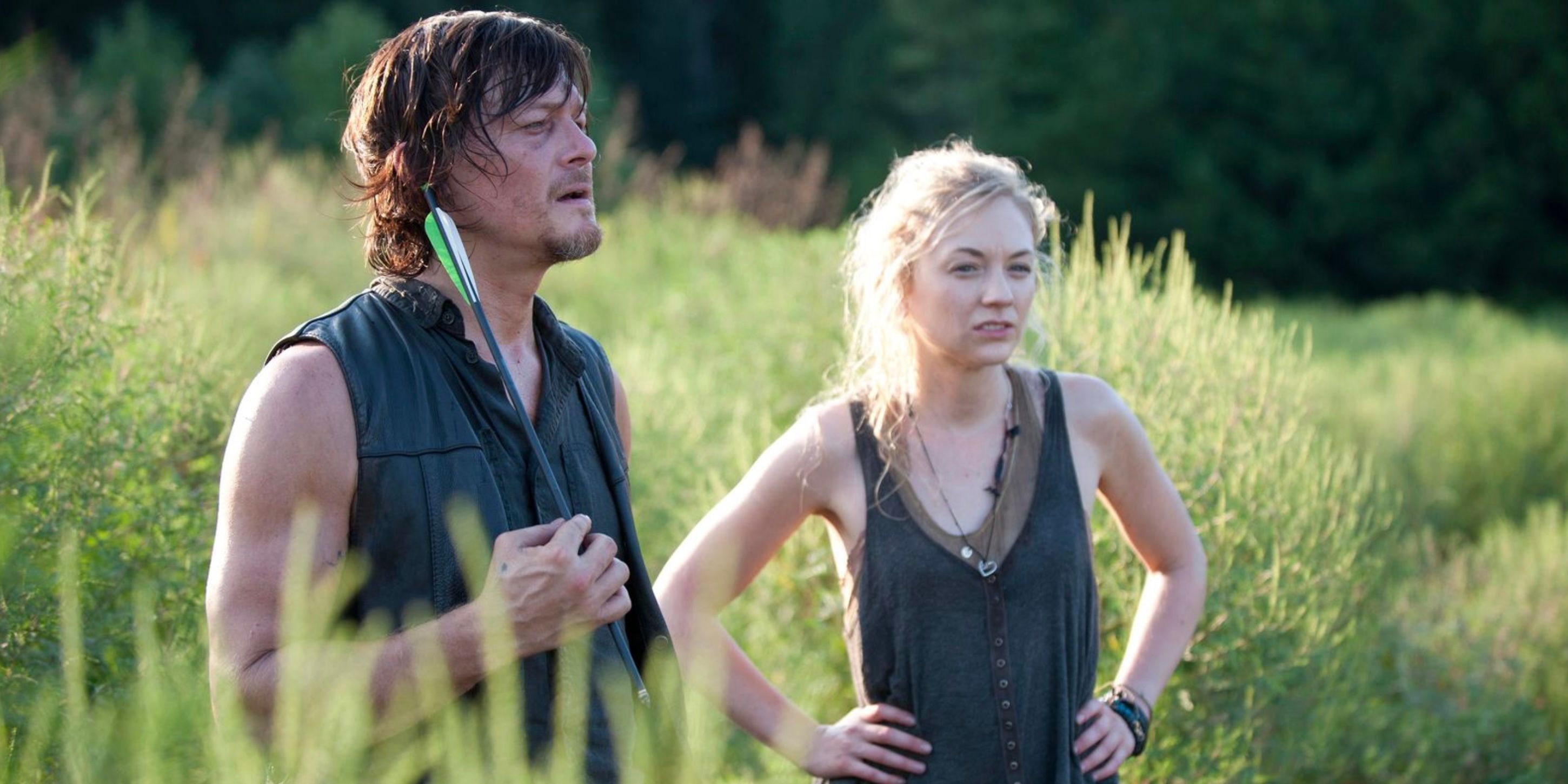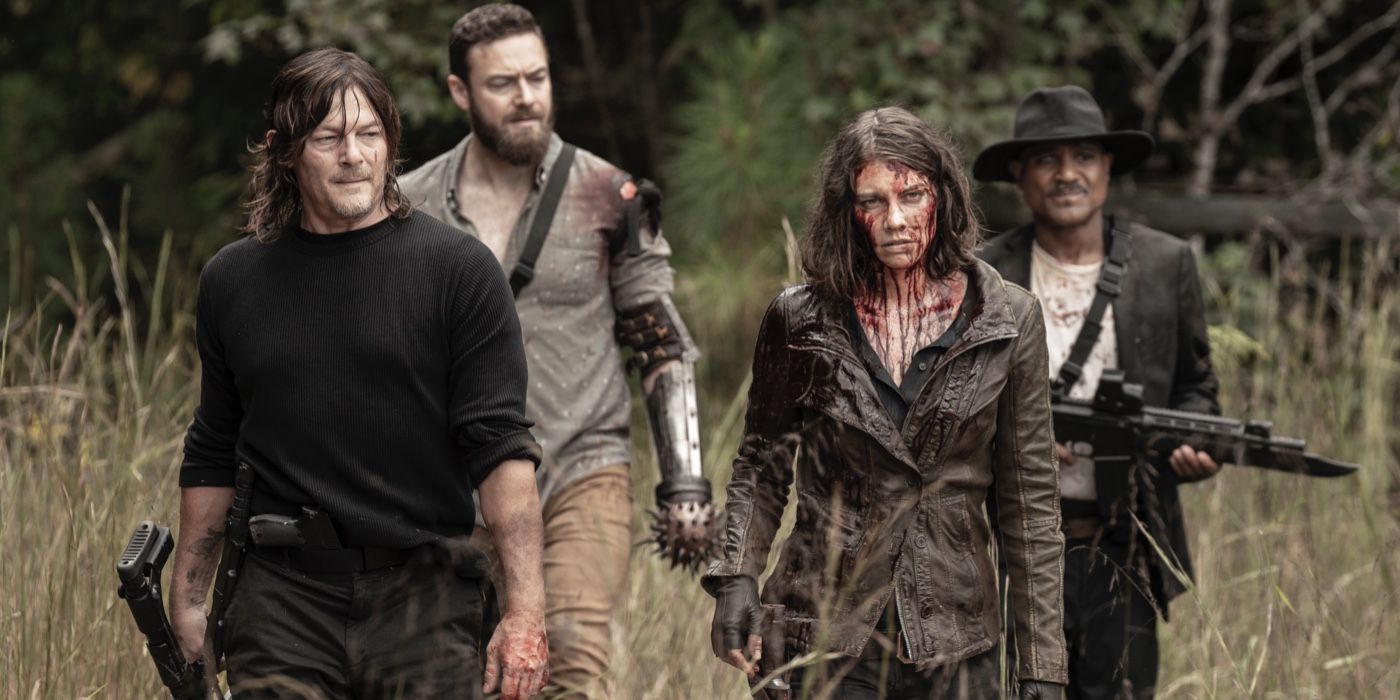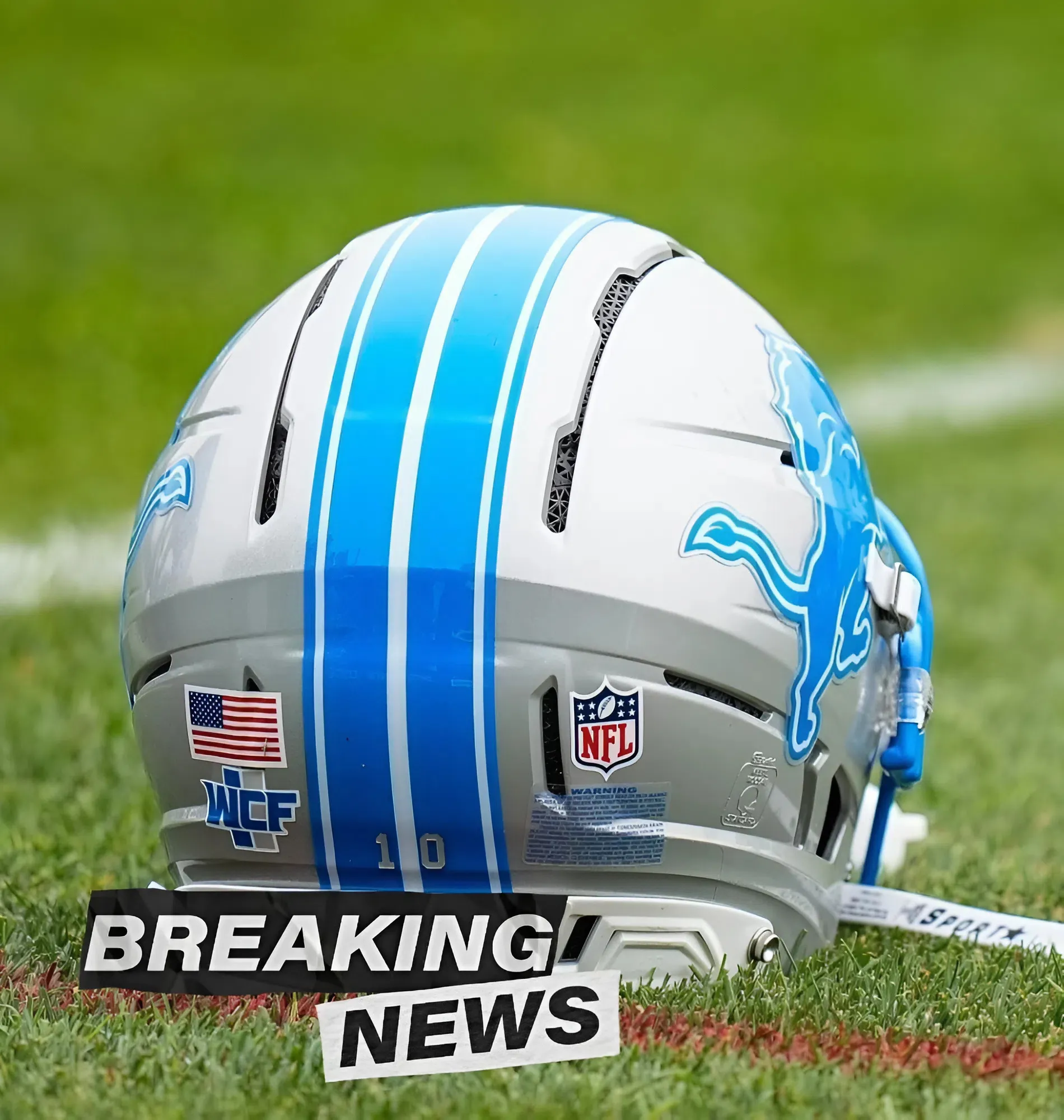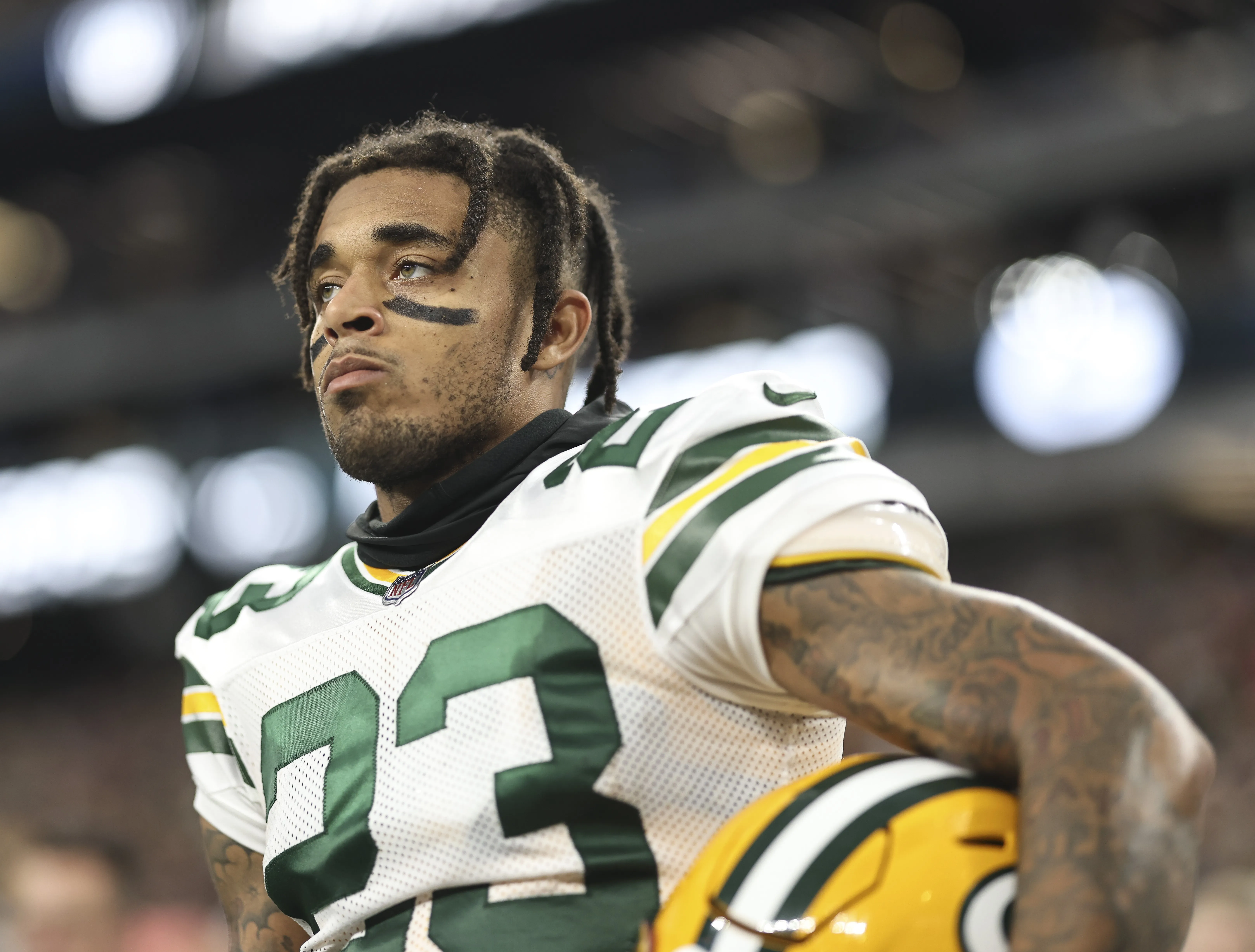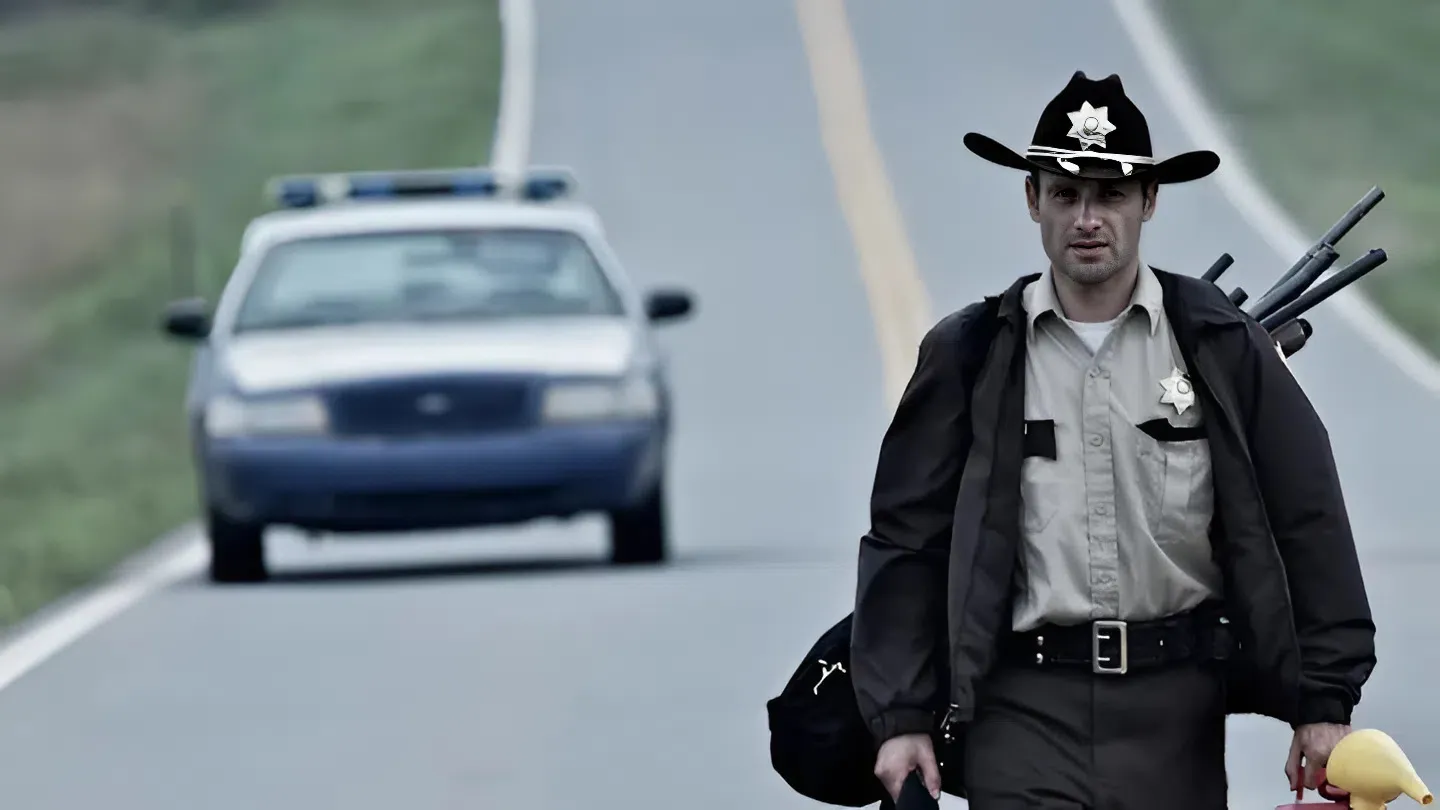In two separate interviews with Entertainment Weekly, Reedus named both his favorite episode and moment. In a 2015 interview just before the Season 5 premiere, Reedus revealed his top episode was Season 4, Episode 12, "Still." Seven years later, at the end of the series, Reedus was able to look back on The Walking Dead as a whole and pick the moment that meant the most to him. He chose Rick Grimes, sacrificing himself on the bridge in Season 9, Episode 5, "What Comes After." While the series certainly didn't kick the bucket because of these moments, they did play a catastrophic hand in triggering a domino effect of questionable storytelling decisions.
Why "Still" and "What Comes After" Are Standouts in The Walking Dead's History
But even in those two episodes, there were at least five cast members supporting the Governor as the temporary protagonist. "Still" only had Daryl and Beth. The episode followed them after the prison fallout, as Beth tries to find an alcoholic drink for the first time, and Daryl follows her with no other purpose. The two bond, despite their different upbringings, and later set a house on fire that reminds Daryl of his own growing up. Though Daryl and Beth were well-liked by fans, the reaction to the episode was mixed; some critics noticed the engaging character development, pointing out Daryl's rare vulnerability and Beth being fleshed out significantly. Others criticized the slower pace of the episode that stalled the main story, failing to use character work as progress.
As for "What Comes After," the critical reception was much more positive, though not unanimous. It's the lowest-rated episode of Season 9 on Rotten Tomatoes, which is to be expected for the protagonist's final episode. Critics raved over the performances of Andrew Lincoln and returning cast members Scott Wilson (who passed a month before the episode's release), Jon Bernthal and Sonequa Martin-Green. Though there were negative reactions to the clichés, hallucinations and callbacks, as well as The Walking Dead taking the easy way out with Lincoln's departure.
"Still" Began a Walking Dead Trend of Solo Episodes
Following "Still," The Walking Dead stunned critics and audiences with "The Grove," focusing solely on Carol, Tyreese, Lizzie and Mika. It's still considered one of the best episodes of the franchise today. But The Walking Dead started stretching its boundaries. It grew more comfortable with character-centric episodes to tell backstories or fill out the usual 16-episode season. Praise was given to certain solo episodes, like Season 6's "Here's Not Here." Others down the line were less productive in pushing the story in the right direction.
In particular, Seasons 7 and 10 stand out as slower-paced arcs due to installments limited in character focus. Season 7 had a rocky start with not only Glenn and Abraham's deaths, but two back-to-back character-driven episodes ("The Well" and "The Cell"). While "The Well" was more positively received, "The Cell" was less so because The Walking Dead was taking too long to catch up with Rick's group after the Negan line-up. The same sentiment was felt for "Swear," only a few episodes later, as it diverted too much from the storyline and clumsily set up a new group with little stakes. Jumping forward to the end of Season 10, the final block of episodes is more aligned with the bottle episode definition. They more or less feel like one-shot stories that could easily be cut from the series without impact, except for "Here's Negan."
"What Comes After" Forced The Walking Dead to Think About Life After Rick
Looking back, "What Comes After" was more detrimental to The Walking Dead because of the timing and the obvious casting shake-up. The series was already on thin ice by Season 9, having a poor run with Seasons 7 and 8. The ninth season brought a spark back to the series when Angela Kang became the showrunner, but Lincoln's departure was also too big to handle. In retrospect, The Walking Dead did a lot better with Lincoln leaving than other shows did when the protagonist left the show. The Walking Dead managed to survive another two and a half seasons, even continuing to improve on itself after Season 9's massive time jump.

